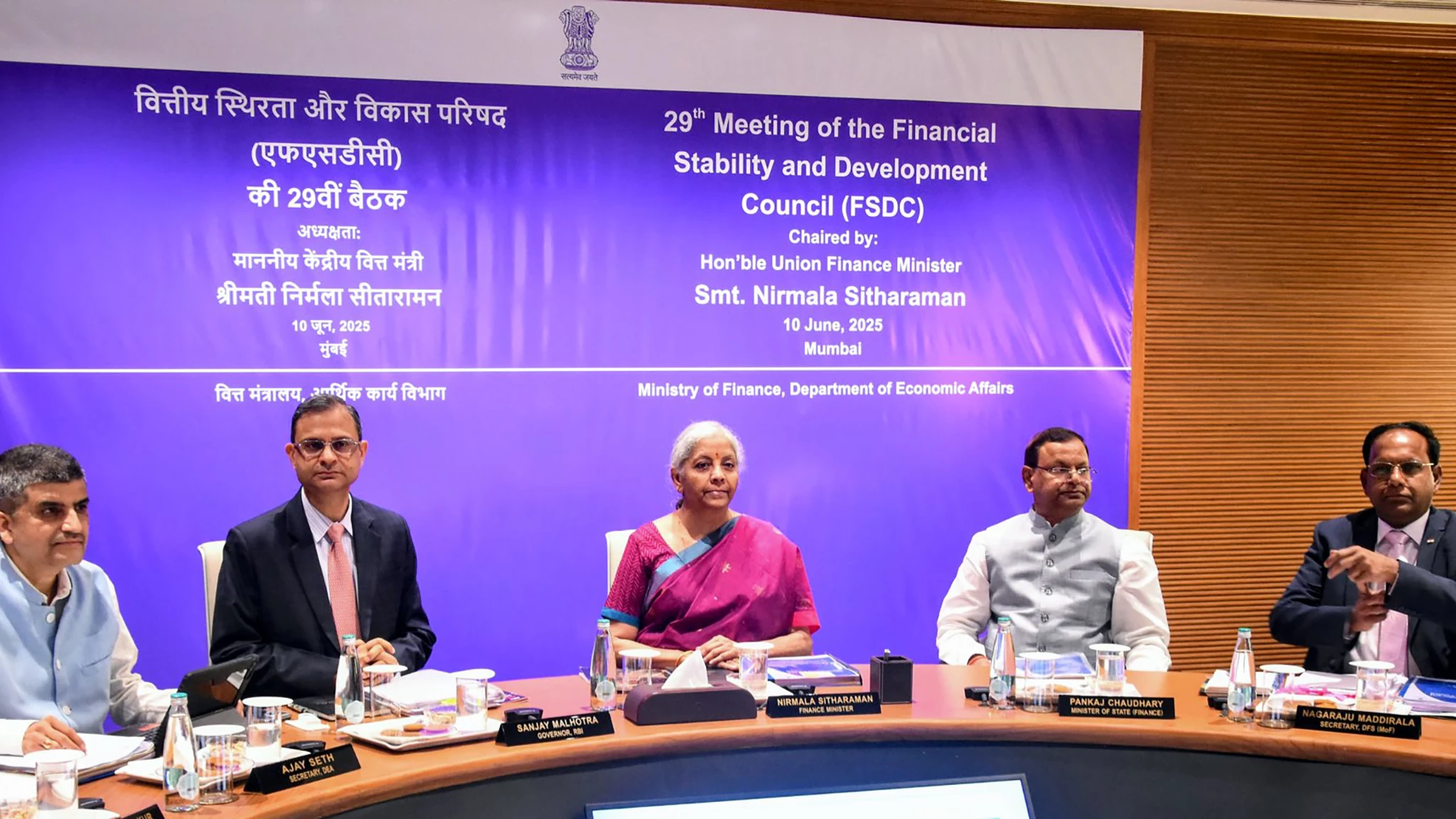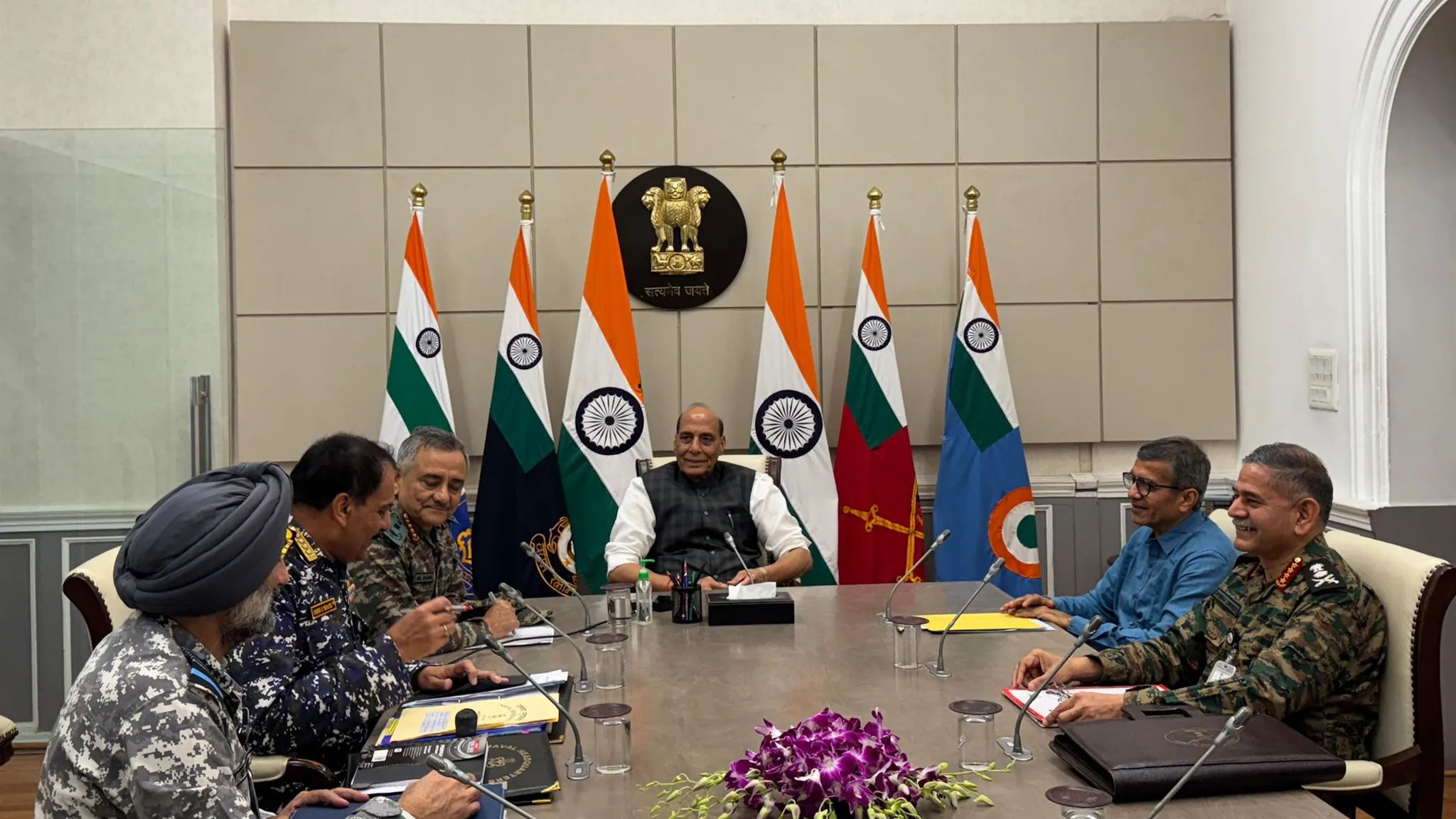The Indian economy has been on a rollercoaster of expectations regarding private capital expenditure. After initial concerns about loan risks raised by bankers in late 2022, the mood shifted. The Reserve Bank of India (RBI) eased its stance significantly, cutting borrowing costs and infusing liquidity, all aimed at making it easier for companies to invest.
This monetary easing follows fiscal measures like PLI schemes and increased government capital spending, designed to nudge private firms into expanding capacity. Policymakers and markets have consistently banked on private capex finally kicking off a virtuous cycle of investment-led growth after consumption and government spending had their turns driving sentiment.
Capex intentions take a dip
However, the latest data throws a bucket of cold water on these hopes. A survey by the Ministry of Statistics and Programme Implementation (MOSPI) reveals that private firms’ capex intentions for FY26 are a considerable 25 percent lower than for FY25. This survey confirms what has been increasingly clear: despite the enabling policy environment, companies remain hesitant to commit large sums to new projects.
Why the reluctance? The survey points to a critical need for certainty in both domestic and international policies and capital movements. This is where the global landscape becomes a drag. Geopolitical tensions and protectionist measures, like the tariff hikes by the US and the unpredictable nature of international trade relations, make companies nervous about future demand and supply chains. It’s hard to justify massive investments when you’re unsure about export markets or the stability of trade relationships.
Manufacturing shines bright
But not all news is bleak. The MOSPI survey does offer a silver lining. While overall intentions are down, planned capex in manufacturing is actually up by 9 percent for FY26. This is a vital finding. For investment-led growth to be sustainable and job-creating, manufacturing must lead the way. An increase here, even if offset by declines elsewhere (like services exposed to exports), keeps the hope alive that India can indeed become a manufacturing hub.
Meanwhile, parallel efforts are underway to create a more predictable business environment. The Select Committee of Lok Sabha is currently reviewing the Income Tax Bill 2025, aiming to simplify the Act and reduce disputes. This move, coupled with the government’s stated intention of offering “unprecedented tax relief”, could certainly boost business confidence by providing a clearer, less contentious tax regime.
The current situation is a mix. Policy support is robust, and efforts are on to simplify regulations. However, the external environment remains a significant hurdle for overall private investment confidence. For the private capex revival to truly materialise, global certainty is as important as domestic incentives. We’ll need to watch if the manufacturing sector’s positive outlook can broaden its impact and whether tax reforms further bolster business sentiment in the face of global headwinds.
Image Courtesy: X (ANI)










Leave a Reply